Alyssum marine: description and cultivation
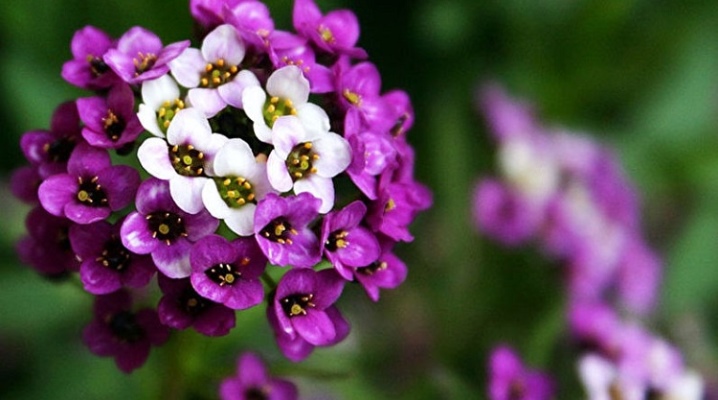
Blooming green compositions are a must-have for any garden, alley and local area. To decorate the site, experts use a wide range of ornamental plants. Their competent selection will allow you to admire multi-colored paints from early spring to late autumn.
In order for green spaces not to require a lot of attention, florists recommend choosing unpretentious varieties that will always look impressive even in unfavorable climatic conditions. One of these plants is the sea alyssum, whose varietal variety and colorful appearance will surprise even experienced gardeners.
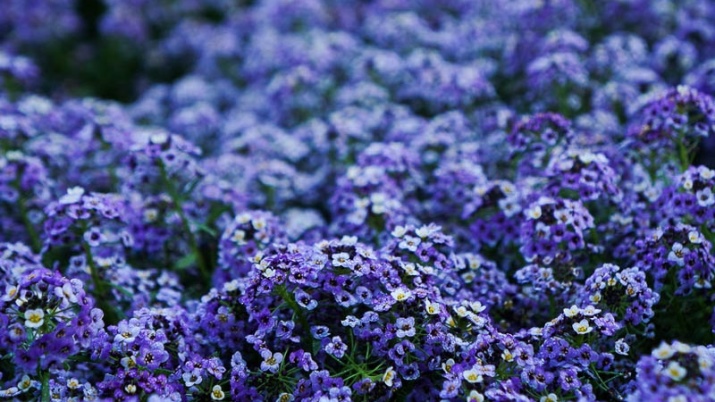


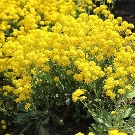
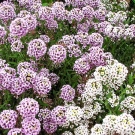
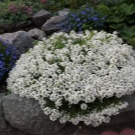
Description
Alyssum marine is a herb for open ground, which belongs to the cabbage family. In the specialized literature, you can find other names for this plant - seaside or sea lobularia, stone stone and beetroot. The homeland of this species is the rocky foothills of the mountains and stony plains in southern Europe. Allisum is a ground cover species that has a compact, dense and very spreading crown. The maximum height of an adult plant does not exceed 35 cm. Small oblong and pointed leaf plates are located on climbing flowering shoots.
The inflorescences are made up of small flowers that have a wide color range. A distinctive feature of this flower is the presence of a pleasant honey aroma, which intensifies in the evening hours. Flowering begins in mid-autumn and lasts until the end of September.
The color scheme of the plant depends on the characteristics of the variety and can be white, cream, pink, red, purple and lilac.
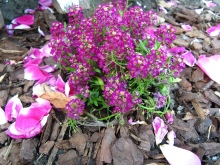

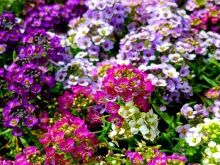
Review of the best varieties
Thanks to the long and painstaking work of breeders and botanists, gardeners can admire various varieties of sea alyssum. Florists recommend paying attention to its varieties.
- Tiny Tim - a plant whose inflorescences are painted in snow-white color. This type refers to creeping flowers, the height of which does not exceed 10 cm, and its appearance resembles sea wave foam.
- "Violet coning" - an incredibly beautiful variety that belongs to the ampelous species and is grown in hanging pots.
- "Purple Princess" - ampelous species that forms long shoots. This flower can be grown both in hanging pots and directly in a flower bed.
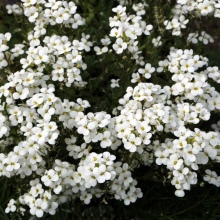
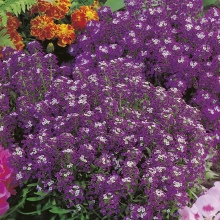

Landing rules
In order for a fragrant flower to appear on the site, the following breeding methods can be used:
- cuttings;
- dividing the bush;
- seminal;
- with the help of seedlings.
The first two planting methods are complex and labor-intensive. To obtain shoots from cuttings, it is necessary to cut the required number of cuttings in the middle of summer and root them in moist and nutritious soil, creating a film shelter around the plantings. After the appearance of new leaf plates, young plants can be transplanted to a permanent growth site.
The method of dividing the bush involves in the middle of spring removing the mother plant from the soil and dividing its root system into the required number of parts.

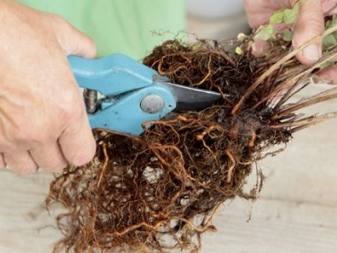
Experienced gardeners recommend paying attention to the seed planting method, for which it is necessary to collect planting material after the seed boxes have ripened,which retains a high level of germination over the next 4 years. Planting seeds can be carried out both in early spring and in late autumn, when the snow has not yet covered the soil.
Seed planting technology consists of the following stages:
- carrying out a complete digging of the soil with the simultaneous removal of weeds;
- soil enrichment with mineral or organic fertilizers;
- sowing planting material on the soil surface;
- carrying out a small tamping of the holes without filling them with soil;
- moistening the beds from a spray bottle.
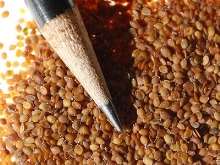
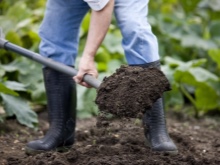
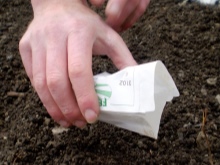
After 14 days, seedlings will begin to appear on the site en masse, which must be thinned out. The optimal distance between plants is 15 cm. After 60 days, the owners will be able to see the first flowers on green spaces. For to speed up the flowering process, experts recommend planting seedlings in open ground, for which agrotechnical work must begin at the end of winter. Wooden crates filled with nutrient mix can be used as planting containers. The soil used must be light and non-acidic.
On the leveled surface of the soil, you need to carefully lay out the seeds and press them slightly with your hand. Experienced gardeners do not recommend additionally covering the seed with soil, which will reduce the germination rate and deprive the seeds of the required amount of sunlight. The surface of the container must be covered with glass or plastic wrap, after moistening the soil from a spray bottle. Subject to the temperature regime, the first shoots will appear in a week. From this moment on, the planting material no longer needs a protective shelter, but in order to obtain strong seedlings, it is imperative to install additional lighting.
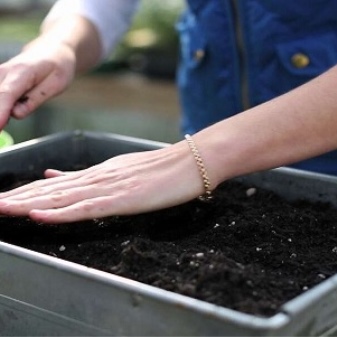
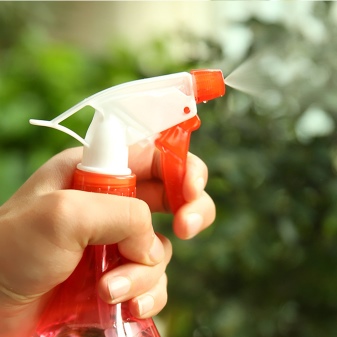
The pick should be carried out after the appearance of the third true sheet. If the plants are planted in one large container, then the distance between flowers should not be less than 5 cm. Experts recommend planting each bush in a separate small container.
In late spring, after the threat of frost has passed, seedlings can be transplanted to a permanent place of growth., the soil on which must be fertilized with mineral or organic additives. The size of the planting hole should be slightly larger than the diameter of the rhizome, together with an earthen lump. To prevent root decay, the bottom of the hole must be covered with drainage material.
The planted plants must be watered abundantly and the root zone must be mulched.
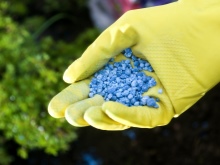
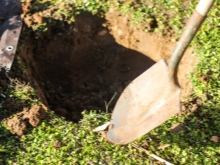
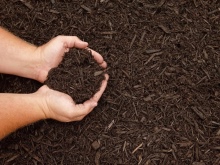
Care features
Alyssum marine is an unpretentious and frost-resistant plant, the cultivation of which will not cause difficulties even for novice gardeners. Despite these characteristics, experienced gardeners recommend paying attention to a number of features for growing and caring for a flower.
For in order for the plant to please with abundant and colorful flowering, it must be planted in sunny areas that are practically not in the shade... The soil in the flowerbed should not be acidic. It is better to use special mineral fertilizers as a top dressing, but it is better to avoid the introduction of a large amount of manure. This feeding will provoke a quick set of green mass, which will interfere with the formation of inflorescences. Fertilizing is necessary only in early spring.
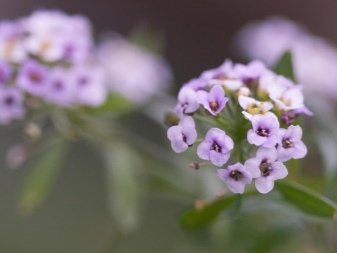

Due to its resistance to climatic fluctuations, the flower does not need additional shelter and painlessly tolerates spring and autumn frosts. In regions where the temperature in winter can drop below -20 degrees, it is imperative to cover the entire root zone with dry leaves and spruce branches. And it will also be useful to create an additional shelter from a special non-woven material. After the threat of spring frosts has passed, all covering materials must be removed to prevent the bushes from rotting.
For so that green spaces have a beautiful shape, experts recommend sanitary and formative pruning throughout the growing season... To enrich the root system with oxygen, you should regularly loosen the soil and remove weeds. If you do not prune green spaces, then the plant forms a small number of inflorescences, and its stems gradually lose leaf plates. Allisum does not need additional watering, which makes it much easier to care for. However, experienced gardeners still recommend watering the bushes several times during the bud formation period.

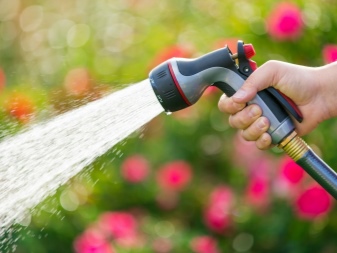
Diseases and pests
Despite the unpretentiousness and resistance to various diseases, cruciferous flea can spoil the appearance of green spaces, which can be scared away by infusion of garlic, wormwood and tobacco dust. Only chemical preparations will help to get rid of massive accumulations of insects. Inspecting your plants regularly will help to avoid the appearance of caterpillars, whites and cabbage moths.
Often thickened plantings suffer from powdery mildew., the first signs of which are white bloom on the leaves. After a while, the leaf plates become brittle, brittle and die. Before treating plants with special fungicides, it is imperative to remove all diseased leaves and shoots.
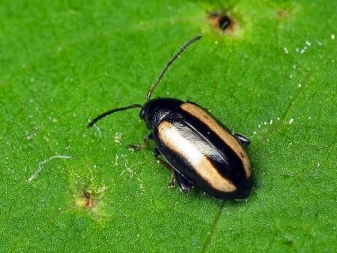

Frequent and abundant watering, as well as waterloggedness of the site, can provoke the development of root rot, signs of which are yellow spots on the leaves. In order to save the plant, it is necessary to remove it from the ground, clean the root system of soil, remove all diseased roots. Healthy roots must be treated with disinfectants, and only then planted in a new place.
To reduce the likelihood of the appearance of parasites and various types of diseases, regular thinning of plantings, the implementation of all measures for the care of flowers, as well as regular inspections of the bushes will help.
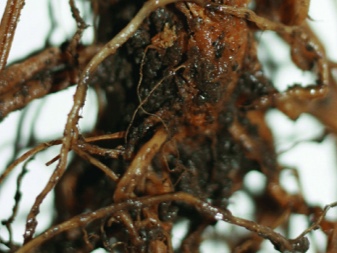
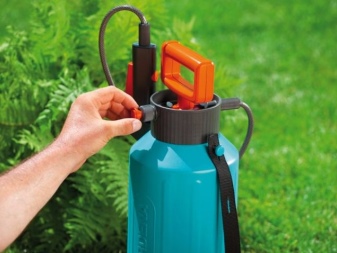
In the next video, you will find growing alyssum from seeds.




































































































The comment was sent successfully.